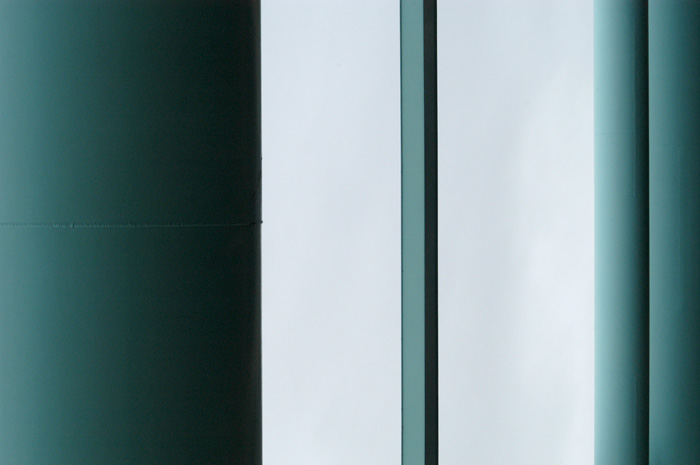
I am currently reading Mark Cocker’s beautifully written book ‘Crow Country’ in which he goes in search of the Rooks and Jackdaws that he first encounters in the Yare Valley in Norfolk. There is a small paragraph towards the beginning of chapter six that should be read and digested by anyone who wants to look a little harder to find the extraordinary in the everyday. Although he is concerned with nature watching what he says can be applied to all aspects of looking.
‘… every time you pin a label on a living creature it reaffirms a sense of mastery over it. The naming of the thing gives you the wonderfully reassuring illusion that you know it. You don’t. Sometimes all you have is a single datum. The name. In a bizarre way, the process of recognition can actually be a barrier rather than a doorway to genuine appreciation’
One of the greatest obstacles in photographing any subject to its full potential, is the label we give to things. Once you assign a label to something you have too many preconceptions of what it looks like and how you have seen it before. As Mark Cocker says, the simple act of naming suggests you know it when in actual fact you don’t.
Try to lose the label when you begin to photograph something. Get used to the idea of calling your subject a ‘thing’. Then think of this ‘thing’ as something that incorporates all the elements that make it what it is; line, tone, form, texture, shape, colour and space and of course the juxtaposition and combination of all these elements. Begin to look beyond the name and a enormous set of possibilities opens up.

A tree, for example, simply becomes a ‘thing’ that posses all the elements that make it up and must therefore be used by the photographer, in the form of composition, to produce exciting and arresting images. All of these elements will also be changing in relation to lighting conditions, camera position and lens type. They will also change dramatically by the decisions that you are in a position to alter; depth of field, movement and the choice of ISO. Further more they will shift in relation to the rest of the image, which must also be seen in a similar way.

If you ask someone to photograph a door, the tendency is they will photograph it in a predictable and often boring way. If, on the other hand, you ask them to photograph that ‘thing’ and they embrace the idea of looking beyond the name, they are more likely to look at the peeling paint in relation to the lock, the rottren frame, cross struts creating superb shadows in an evening light and all manner of exciting elements that make up the ‘thing’.
Language can be a barrier, rather than than an aid, but if we can leave some of it behind we will begin to learn more about the things we have neglected and enjoy photographing them in a fresh and re-newed way.
